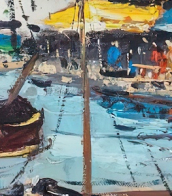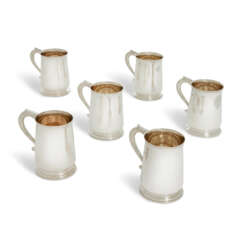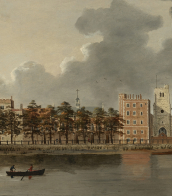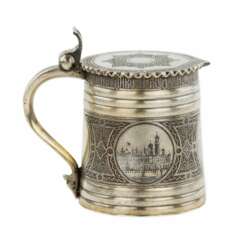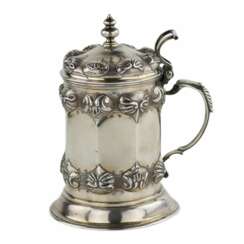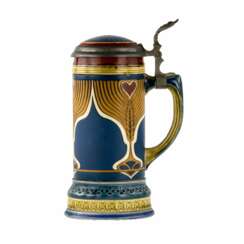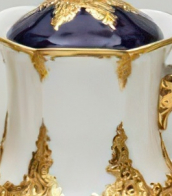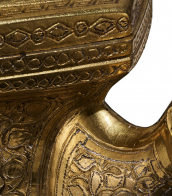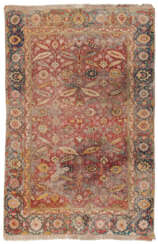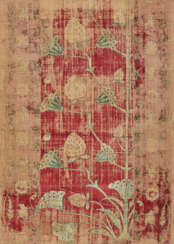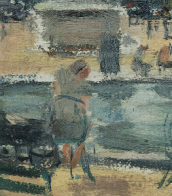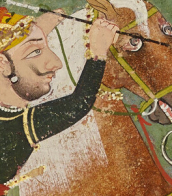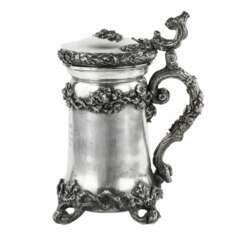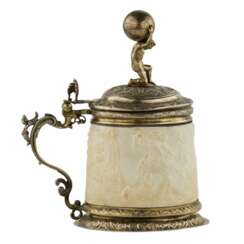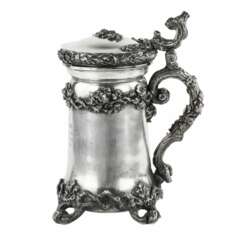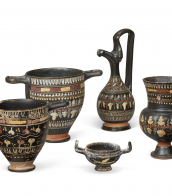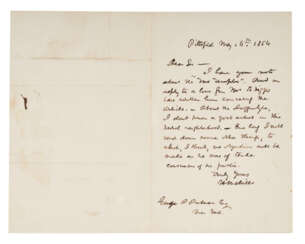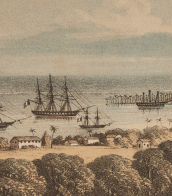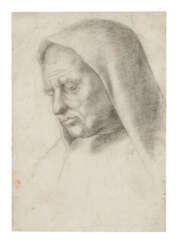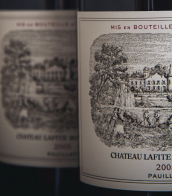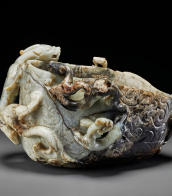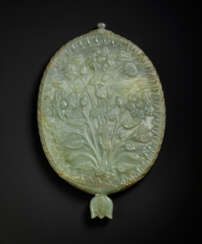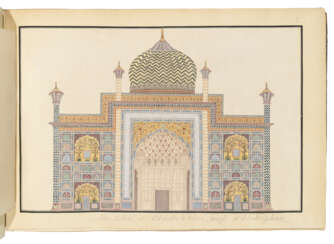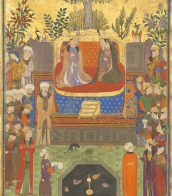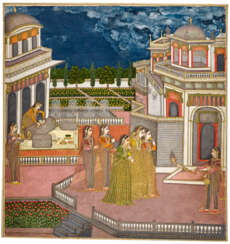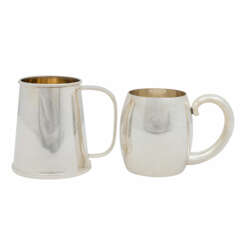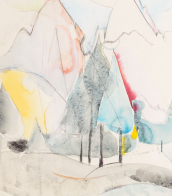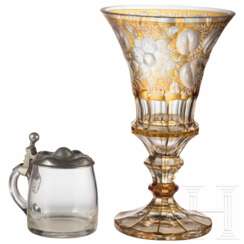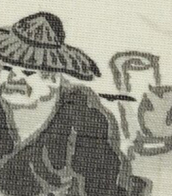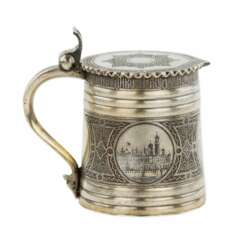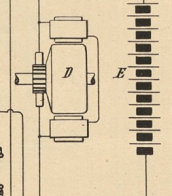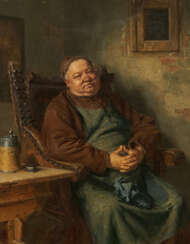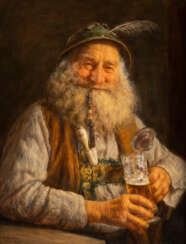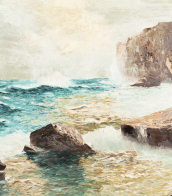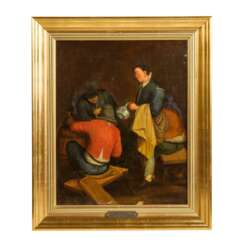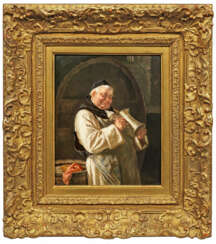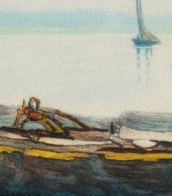beer mug
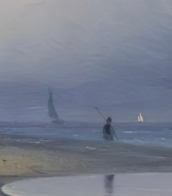
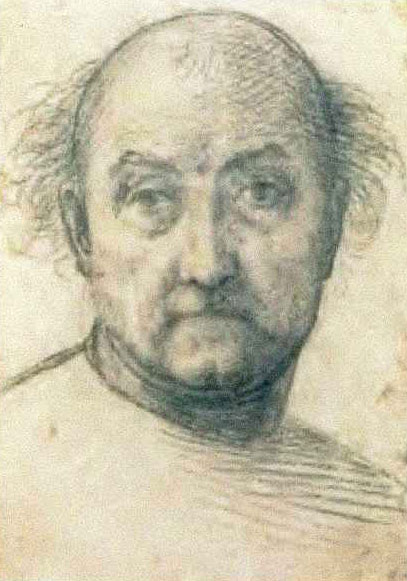
Fra Bartolomeo was an Italian painter, a notable figure of the High Renaissance. Known for his religious artworks, Fra Bartolommeo's style was deeply influenced by his spiritual journey and association with the Dominican Order.
After receiving his early artistic training from Cosimo Rosselli, Bartolommeo's style initially exhibited influences from artists like Piero di Cosimo, Domenico Ghirlandaio, and Filippino Lippi. However, his encounter with Savonarola, a Dominican friar and reformer, in the late 1490s led to a significant spiritual transformation. This encounter influenced him to enter the Dominican monastery at San Domenico in Prato as a novice in 1500, and he temporarily renounced painting. It wasn't until 1504, when he resumed painting as the head of the monastery workshop, that his style saw a significant transformation.
In his works, Fra Bartolomeo beautifully integrated the styles of Leonardo da Vinci and Raphael, especially in his altarpieces, which are imbued with a sense of pietism reminiscent of Fra Angelico. His work is notable for the skilled massing of light and shade, richness in coloring, and delicate handling of drapery. The introduction and use of the lay-figure with joints in his compositions were innovations he is credited with. His masterpiece, St. Mark Evangelist, and the undraped figure of Saint Sebastian, are particularly noted for their expressive power.
Some of his notable works include "Vision of St. Bernard" (1507), "The Holy Family with John the Baptist," and "Virgin and Child with Saints." His art can be found in prestigious galleries, including the Pinacoteca Vaticana, Palazzo Pitti in Florence, and the National Gallery in London.
For art collectors and enthusiasts, Fra Bartolomeo's works represent a blend of spiritual depth and artistic innovation during the pinnacle of the Renaissance period. His legacy in religious art continues to inspire and captivate audiences worldwide.
To stay informed about exhibitions and sales featuring works of Fra Bartolomeo, sign up for updates to explore more about this master's contributions to Renaissance art.
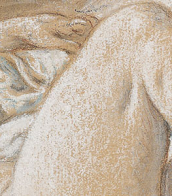
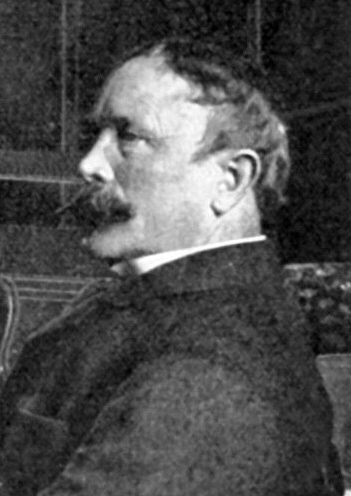
Eduard von Grützner was a German painter of the late 19th and early 20th centuries. He went down in the history of European art as a portrait painter and a brilliant master of genre.
Eduard von Grützner in most of his paintings depicted the life of monks, who usually appear to the audience in the images of merry rioters, leading a not ideal lifestyle. The public liked the original humorous style of the painter, and Grützner's work had many admirers.
Grützner was awarded the Royal Order of St. Michael and also received the title of honorary professor at the Munich Academy of Fine Arts. He also became a Knight of the Order of Civil Merit of the Bavarian Crown and received the title of nobleman, with the prefix "von" added to his last name.
Von Grützner is also known as a collector of art and antiques. For many years he collected masterpieces of the Gothic and Renaissance masters, and towards the end of his life he became interested in Far Eastern art.
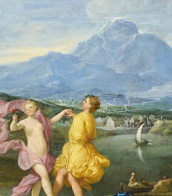
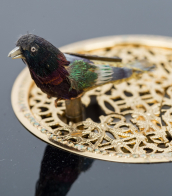
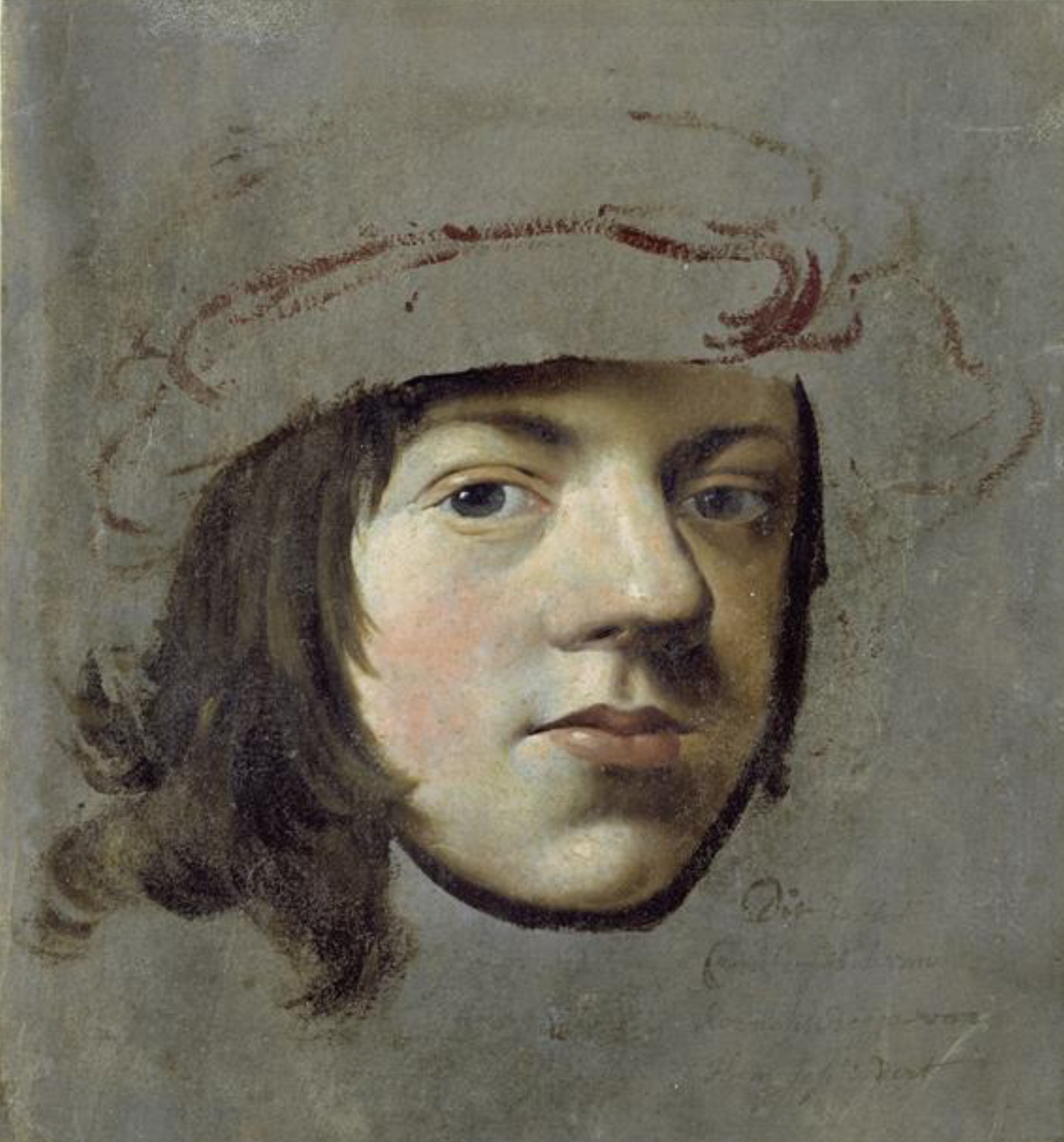
Cornelis Pietersz. Bega was a Dutch Golden Age painter and engraver.
